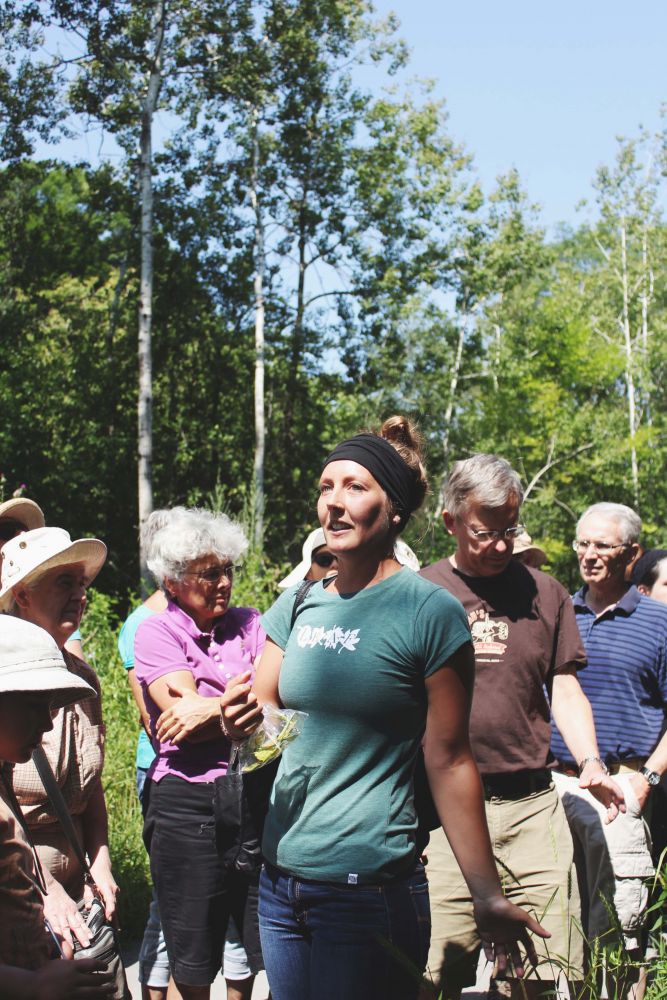
It was a warm and sunny Saturday morning as I rushed to the City of Toronto’s Brickworks Ambassadors Tent, located at the Don Valley Brickworks. to meet up with fellow tree enthusiasts. As soon as I arrived to the scene, I was surprised to find over 40 curious participants across all age groups, including students, families and even business owners! Once everyone had gathered together, we paid close attention to LEAF arborist Brenna Anstett as she led us in exploring the diversity of trees in the natural environment.
Brenna began the tour by pointing out basic tips for developing tree identification skills. She explained that the trick to tree identification is to start with a broad question and then simply narrow down your options until you develop a much clearer idea. So, the best first step is to ask yourself will the tree shed its leaves in the fall (deciduous) or not (evergreen)? Next, you can further narrow your options by observing the noticeable features of the tree. For example, take a close look at the leaves, buds, flowers, fruits and branching arrangement. If you follow these steps, you will surely become a master at tree identification! To aid in your quest to identifying trees, I have listed a few popular trees in Toronto:
Ash Trees
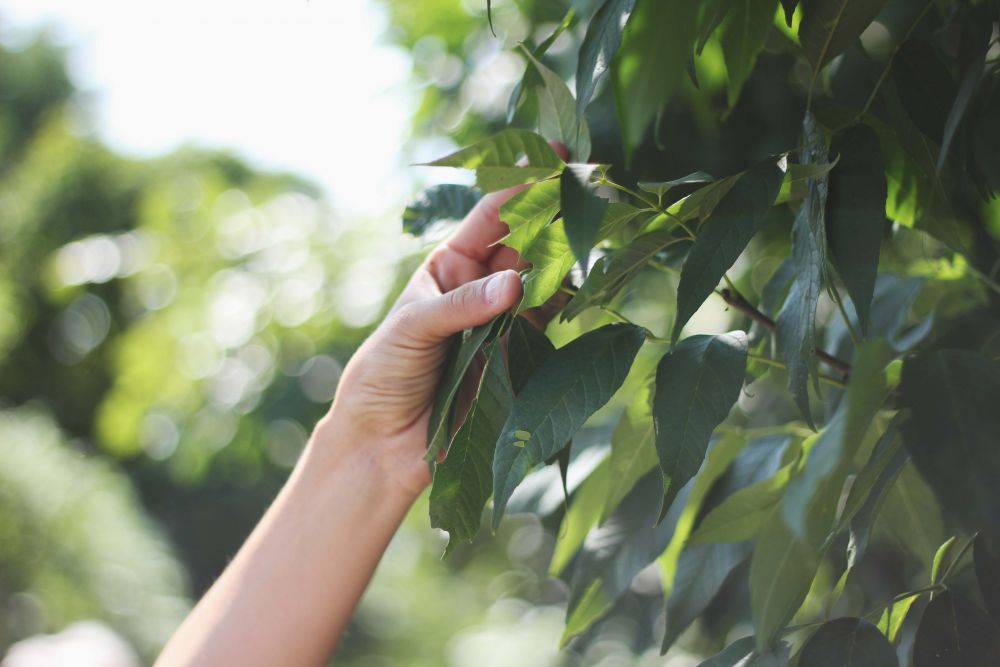
Along the tour, Brenna introduced the distinctive ash tree, known for its opposite branching structure, winged-shaped fruit (samaras) that look like canoe paddles and diamond-shaped bark.
There are two ash species commonly found in Toronto: white ash trees have white undersides on their leaves along with upright branches while green ash trees have completely green leaves with branches that droop downwards and then curl up. Unfortunately, an introduced Asian pest known as the Emerald Ash Borer has caused a recent crash in the ash population as it feeds underthe bark, and kills the tree by cutting off its nutrient and water supply. Once infested, an ash tree usually lasts another 2-3 years if left untreated.
Maple Trees
Following the ash trees, Brenna showed us a few popular maple trees. There are a couple of invasive maples in Toronto that exhibit rapid growth; the Norway maple and Manitoba maple. The Norway maple has a distinctive mustache-shaped fruit . Its leaves have wide lobes and it is the only maple that excretes a creamy sap from the stem when you detach the leaf off its branch! Norway maples pose a significant problem as- their dense shade prevents the growth of native plant species and reduces the biodiversity in our local ravines. The Manitoba maple can grow fast in any condition and almost any location!. They can look similar to ash trees but their leaves are asymmetrical and their keys are shaped like a wish-bone..
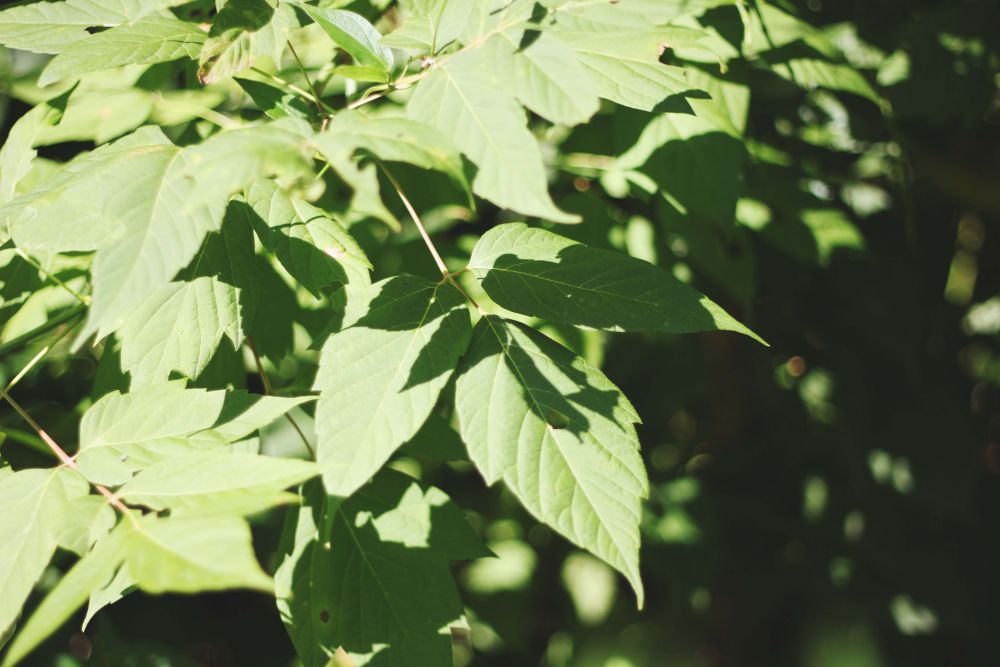
Honey Locust Trees
At the final stop of the tour, the group learned about the honey locust which is easily identifiable thanks to its fern-like leaves called leaflets and large spread canopy. It makes a fabulous urban tree because of its tolerance of harsh urban conditions and its lovely dappled shade effect, making it perfect to lay under on those lazy summer days. Another interesting feature of the honey locust is that they are dioecious, which means there are male trees and female trees. .
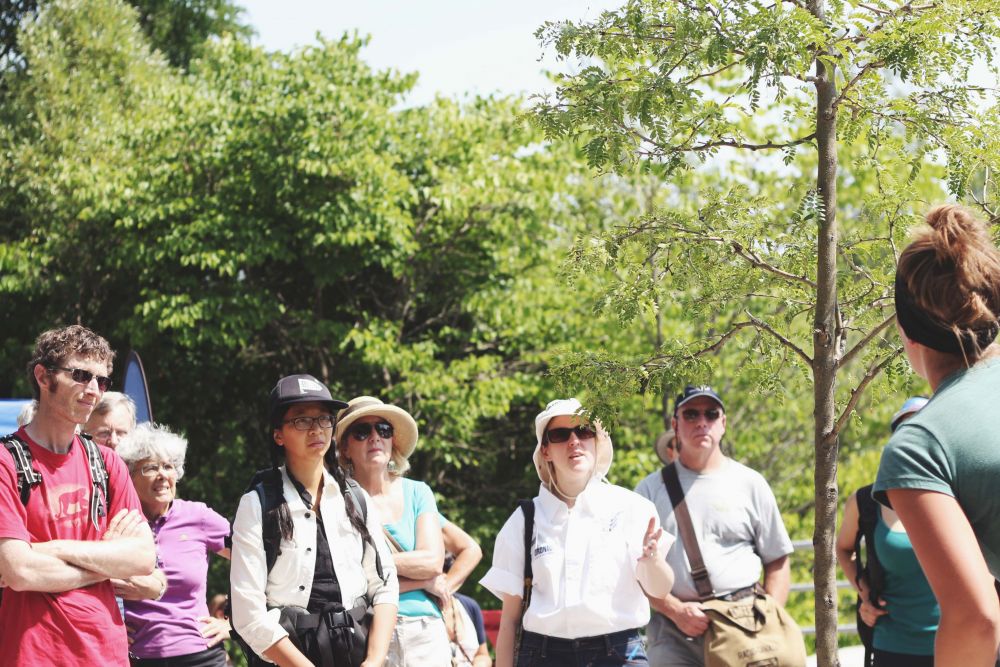
As the tour came to an end, everyone seemed content with gaining some basic identification skills. A few participants even stayed behind to ask more questions, showing their thirst for knowledge. As for myself, I took a shot at identifying the trees in my backyard and so far, my tree knowledge seems to be paying off.
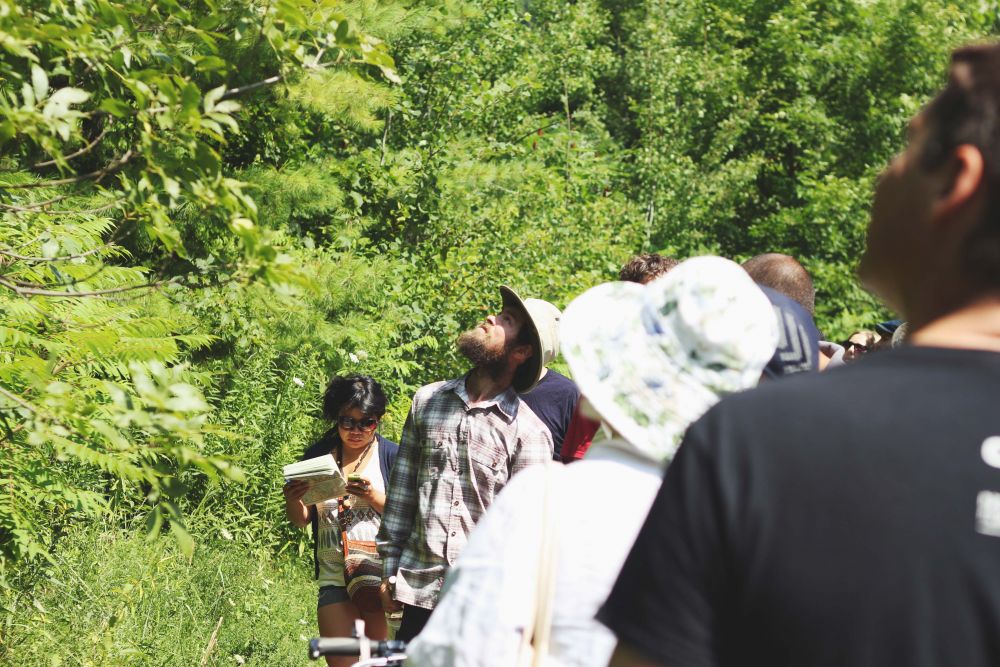
Garland Xie is currently a fourth-year undergraduate student, enrolled in the Biodiversity, Ecology and Evolution program at the University of Toronto Scarborough. Outside of school, he spends his spare time by volunteering, hiking and learning new languages.
